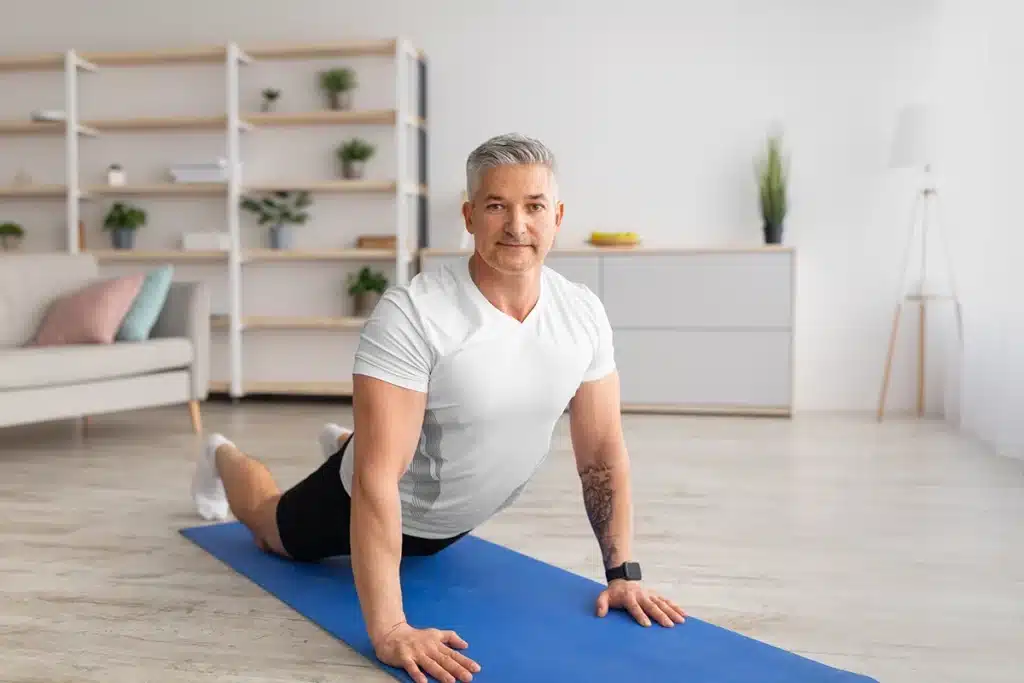Yoga for Chronic Back Pain

Yoga for Chronic Back Pain: A Guide for Middle-Aged Adults
Chronic back pain is a common issue that affects millions of people, particularly middle-aged adults aged 40-55. Yoga offers a holistic, non-invasive approach to managing this condition, combining physical movement, mindfulness, and breathing techniques to address both physical and emotional aspects of pain. This article explores how yoga can help alleviate chronic back pain, offers practical advice for safe practice, and highlights specific poses tailored to this demographic.

Understanding Chronic Back Pain
Chronic back pain is the leading cause of disability worldwide, with prevalence increasing with age. For individuals aged 40-55, factors such as sedentary lifestyles, prolonged sitting, and stress often contribute to lower back issues. The pain can range from mild discomfort to debilitating conditions that interfere with daily activities. Traditional treatments like medication or physical therapy may not always provide lasting relief, making yoga a promising alternative .2 .3.

Benefits of Yoga for Chronic Back Pain
Yoga has been extensively studied and shown to offer significant benefits for managing chronic back pain:
-
Pain Reduction:
-
Improved Functionality:
-
Mental Health Benefits:
-
Better Sleep:

Precautions for Practicing Yoga
While yoga is generally safe, middle-aged adults should approach it mindfully to avoid injuries:
-
Consult a Healthcare Provider:
Always check with your doctor before starting yoga if you have specific conditions like herniated discs or spinal fractures .5. -
Choose Gentle Styles:
Opt for Hatha or Restorative Yoga, which emphasize relaxation and flexibility rather than intense physical activity .5. -
Modify Poses:
Use props like blocks or straps to support your body during poses. Avoid forcing yourself into positions that cause discomfort or strain .5. -
Focus on Alignment:
Proper form is crucial for preventing injuries. Gradually ease into poses rather than rushing through them .3 .5.

Recommended Yoga Poses for Back Pain Relief
Below are beginner-friendly poses specifically beneficial for chronic back pain:

1. Cat-Cow Pose
-
Why It Works: Improves spinal mobility and blood flow while counteracting the effects of prolonged sitting.
-
How to Do It:

2. Bridge Pose
-
Why It Works: Strengthens the lower back, glutes, and hamstrings while stretching the front of the body.
-
How to Do It:

3. Pigeon Pose
-
Why It Works: Opens up tight hip muscles that can contribute to lower back tension.
-
How to Do It:
-
Bend one knee in front of your body while extending the other leg straight behind you.
-
Balance your weight evenly on both sides.
-
Hold for 20-30 seconds before switching sides .4.
-








